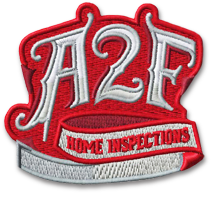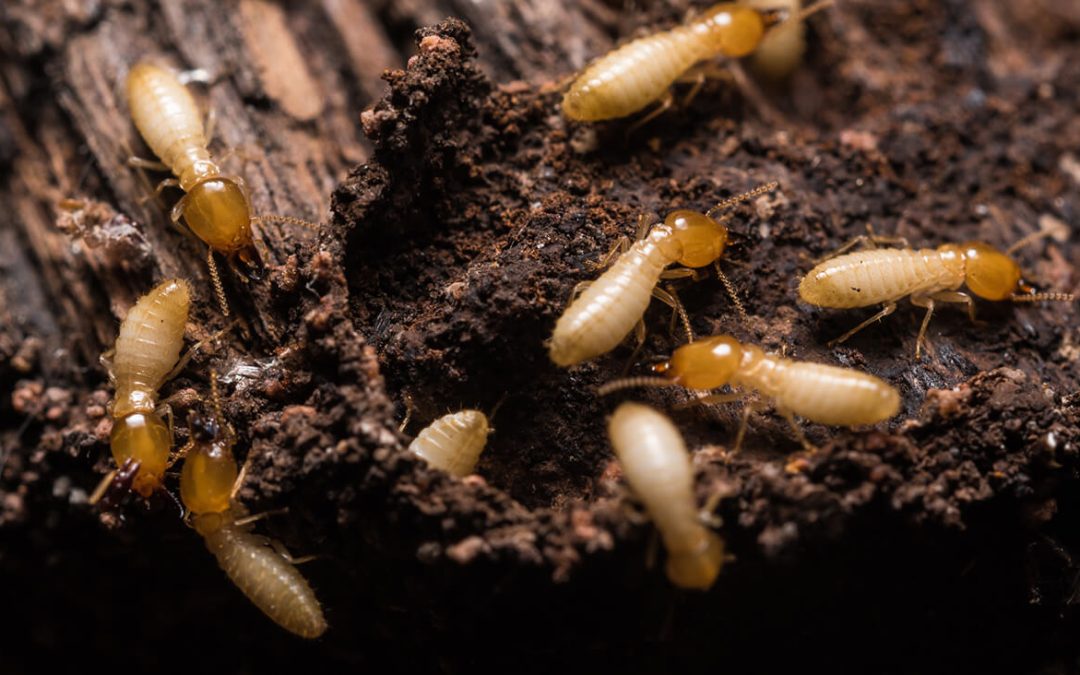You might notice quiet clicking sounds in the walls of your house or piles of what appears to be sawdust around your home. These are signs of a termite infestation. Knowing how to identify termites in the home is important to catch this problem early and prevent serious damage.
Understanding Termites
Termites live in a three-caste system. The castes are the reproductive class, workers, and soldiers. The queen, at maturity, can produce up to 30,000 eggs every day. The soldier caste fights against such enemies and natural predators as ants. The workers are responsible for the majority of damage to people’s dwellings, crops, properties, and forests. Their main duties include foraging for and storing food and maintenance of the nest.
How To Tell Termites and Ants Apart
A termite is often mistaken for an ant of unusual color, either a white ant or a winged ant. There are no such things as white ants. Any sighting of insects that are ant-like and pale, creamy, or white in color is a termite.
When it comes to winged ants versus winged termites, there are a few distinct differences to look for physically. One is the antennae. Those of ants are curved where termites have fully straight antennae. Another is the waist, where termites are thicker through the middle than an ant. On an ant, the place where the thorax meets the abdomen is quite narrow, while the same spot on a termite is larger.
The wings are a final point of comparison for what termites look like versus ants. While both have two sets of wings, on a termite, both pairs are of equal size. On an ant, the back wings are shorter than the front wings.
How to Identify Termites In the Home
Swarms and Wings
The most obvious sign of termites is seeing the insects themselves. Heaps of cast-off termite wings on window sills are a sign that a termite swarm has occurred. Swarms typically emerge in spring, triggered by the warmer weather and rainfall.
Mud Tubes
Termites build mud tunnels to travel from place to place. Sighting thin tubes of mud on the outside of your foundation is another way to identify termites in the home. You can tell if the termites are active in the tubes by breaking a small area of the tube open. If it gets repaired over the next few days, termites are actively using it.
Frass
Frass is termite droppings, and it looks like piles of sawdust or tiny coffee beans. Noticing small piles of frass around your home is a sign that you might have an infestation.
Tapping Sounds
Termites bang their heads against walls to communicate with each other. From inside your home, it sounds like a light tapping in the walls. You can identify termites in the home by listening carefully.
When you know how to identify termites in the home, you can catch a problem before it gets out of control. If you see any of these signs, the first step is to call a professional for an inspection. When you are buying a home, most lenders will require a termite inspection.
Attic to Foundation is your one-stop shop for inspections in the Greater Atlanta area and will arrange termite inspections as an add-on to your home inspection with our trusted partner. Contact us to schedule our services.

